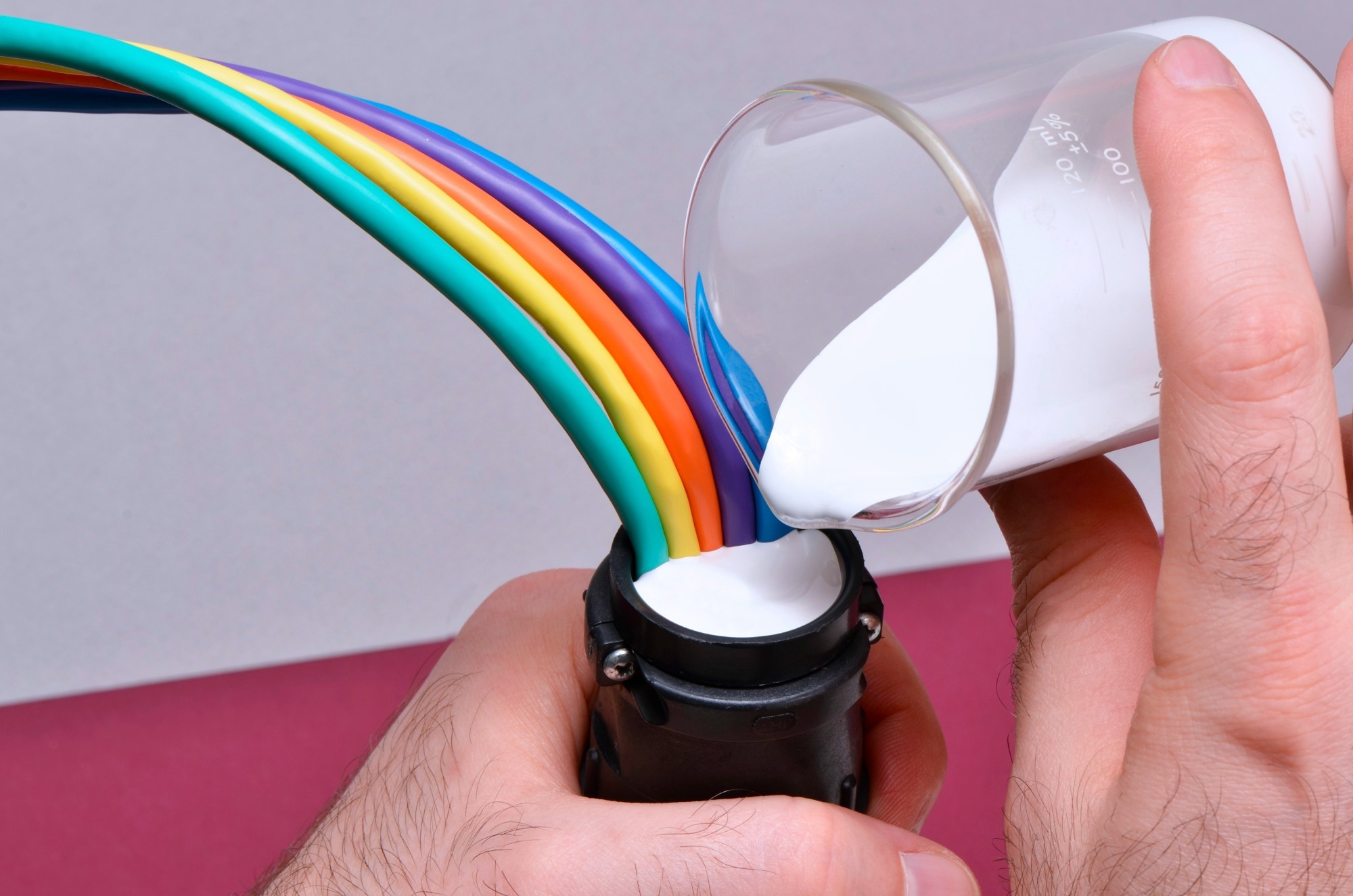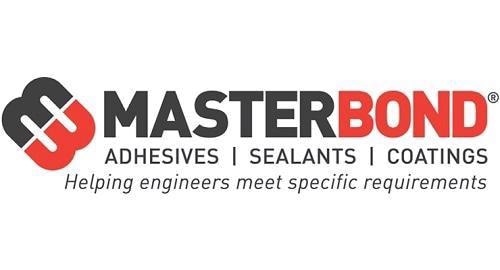
In this article, AZoM talks to Rohit Ramnath about silicone adhesives, their use, and their applications in industry.
What are silicone adhesives?
Silicones are elastomeric systems that offer a unique combination of flexibility and a wide temperature range, making them attractive for ensuring successful bonding in diverse applications and industries.
Silicone adhesives, sealants, coatings, and potting compounds can withstand shock, vibration, impact, and aggressive thermal cycling. These compounds offer high elasticity, low stress, and long-term high-temperature resistance.
How does the chemistry of silicones differ from epoxies?
The molecular structure of silicones is very different from that of epoxies and other organic polymers. The nature of the siloxane bonds (-Si-O-Si-) that form the backbone of silicone compounds gives silicone properties that are not found in other organic polymers.
The geometry, stability, and high binding energy of these siloxane bonds make silicones highly flexible and more heat resistant in comparison to conventional epoxies.
What are the types of silicone adhesives that one can use, and when should they be used them?
Silicone adhesives are available as one- and two-part systems for bonding, sealing, coating, potting, and encapsulation applications.
One-part liquid and paste condensation curing systems are the easiest to use because they require no mixing. Also known as room temperature vulcanizing compounds (RTVs), they are cured via moisture available in the environment.
One tradeoff of such systems is that they cannot be applied too thick or be used for bonding large sections, considering the need for moisture exposure for curing.
In contrast, typical, two-part addition curing systems cure by using a polymerization reaction that takes place by adding a curing agent. Generally, two-part systems can cure in thicker sections than one-part systems, which may be required in certain applications.

Image Credits: Master Bond
What is released during the moisture curing process of a one-component RTV silicone?
Some of the curing mechanisms include:
- Acetoxy types release acetic acid and are considered to be corrosive for certain substrates.
- Oxime types release ketoximes.
- Alcohol-releasing types.
- Acetone-releasing types are considered to be fully non-corrosive.
What are some of the benefits of silicone adhesives?
Some of the key benefits include but are not limited to:
- Superior electrical insulation and high dielectric strength for use in high-voltage applications
- The ability to withstand extremely harsh conditions
- Successful use in low-stress applications
- The ability to withstand aggressive thermal cycling
- Excellent weathering resistance
- Manage CTE (coefficient of thermal expansion) mismatches between substrates
- High elongation and bendability
What industries use silicones for their applications?
Silicone-based adhesives, sealants, potting, and encapsulation compounds are deployed in countless medical, aerospace, optical and fiber-optics, electronics and optoelectronics, and military applications.
Specific examples in the medical industry include the bonding of catheters, hearing aids, pulse oximeters, defibrillators, wearables, and other reusable and disposable medical devices.
Silicones can be engineered to meet USP Class VI certifications for biocompatibility and ISO10993-5 for non-cytotoxicity.
In electronics, some examples could be heat-sink attachments, conformal coatings, potting power transistors, sealing rectifiers, and thermal switches. They can also be used for assembling components for cell phones, laptops, computers, communications, fitness trackers, and other electronic devices.
In aerospace and military applications, silicones rated for NASA's low outgassing standards or those that meet UL94 flame retardancy specifications are often utilized.
About Rohit Ramnath
Rohit Ramnath is a Senior Product Engineer for Master Bond Inc., a custom formulated adhesives manufacturer. He analyzes application oriented issues and provides product solutions for companies in the aerospace, electronics, medical, optical and oil/chemical industries. He graduated from Carnegie Mellon University with a Masters Degree in Chemical Engineering.

This information has been sourced, reviewed and adapted from materials provided by Master Bond Inc.
For more information on this source, please visit Master Bond Inc.
Disclaimer: The views expressed here are those of the interviewee and do not necessarily represent the views of AZoM.com Limited (T/A) AZoNetwork, the owner and operator of this website. This disclaimer forms part of the Terms and Conditions of use of this website.